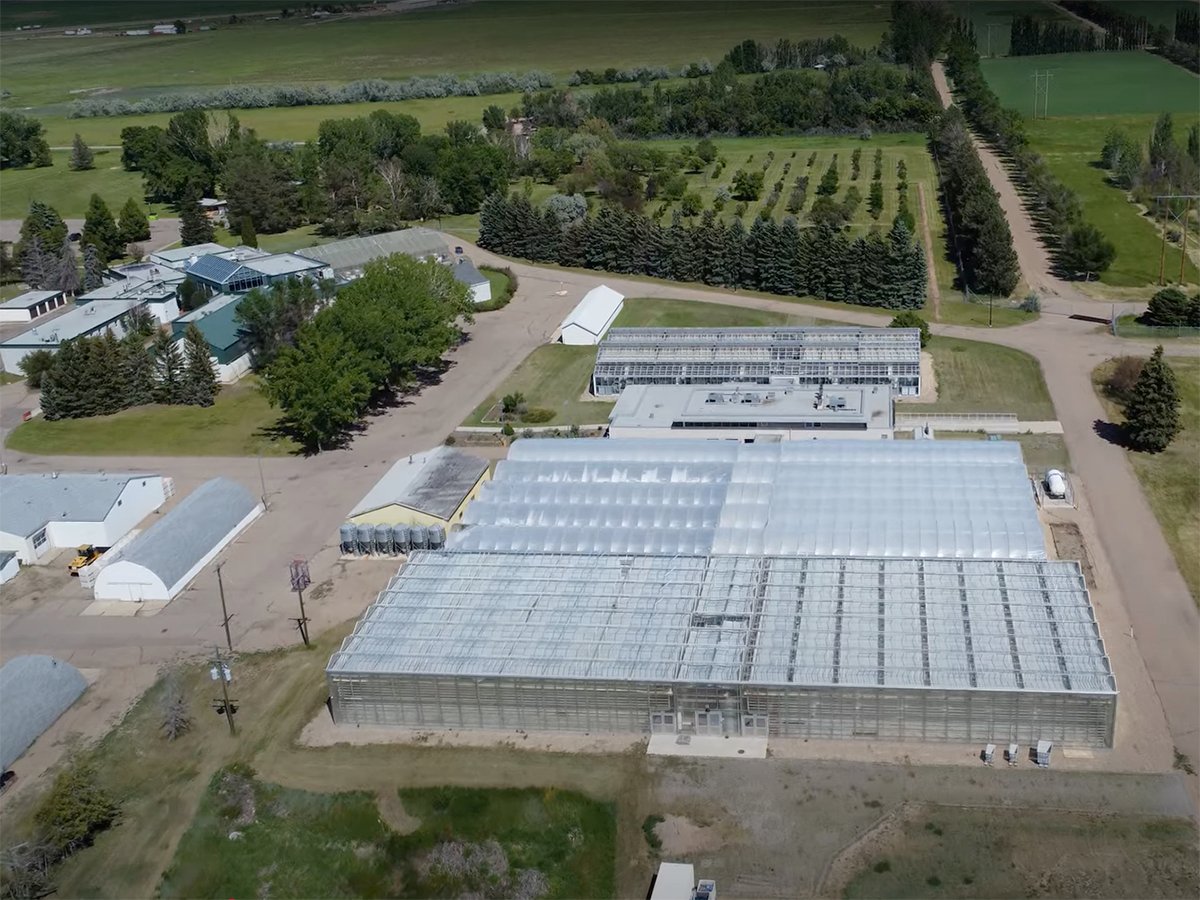SASKATOON — Alberta’s cattle feeders are raising more than cattle these days. The industry is going through a growth phase and that’s putting food on the table for a lot of hired hands.
January’s Statistics Canada figures show a 9.4 percent unemployment rate for paid agricultural workers in Alberta, compared to 14.8 percent in Saskatchewan and 14.9 percent in Manitoba.
Because the cattle industry is a year-round business, Alberta employs more workers in the winter months than its more grain-intensive neighbors. But even when the summer months are factored in, Alberta has the Prairies’ lowest unemployment rate for paid farm help.
Read Also

Alberta crop diversification centres receive funding
$5.2 million of provincial funding pumped into crop diversity research centres
Francis McArthur, manager of the Lethbridge branch of Agricultural Employment Services, said this is due to high cattle prices. It was a good year for his office, which experienced about a 25 percent increase in demand for workers.
Newer and larger feedlots
McArthur said most of the demand stems from the 52 feedlots his office works with around Lethbridge area. A lot of them are expanding and new ones are popping up, he said.
Oddly enough, one of the biggest feedlot operations in the province hasn’t increased its number of workers. Lakeside Farm Industries in Brooks, Alta. has done all of its growing in the slaughter end of the operation. Moving to an expanded kill last May, the company increased its labor force by 21 percent, hiring an extra 120 workers.
Ray Grimson, manager of operations, said the reason the feedlot side hasn’t done any hiring is that the company is already running at maximum capacity. Grimson said with the exception of one or two larger operations, the expansion in the business has come from smaller feedlots.
Canfax analyst Anne Dunford disagrees. She estimates that the finishing feedlot capacity in Alberta grew by 10 percent in 1992 and 15 percent in 1993. Most of this expanded capacity can be attributed to the medium to large size operations, said Dunford.
Dunford said some big operations like Lakeside haven’t been physically expanding, but are still contributing to a larger work force through satellite feeding. This is where cattle are fed in smaller areas and then brought into the larger feedlots for finishing.
Attracted by price
Ron Axelson, general manager of the Alberta Cattle Feeders’ Association, agrees with Dunford. He said growth in the feeding industry probably occurred in the medium to large-sized lots. More people may be getting into cattle because of the high prices, but they will disappear in coming years when the prices drop, he said.
Axelson said growth in the cattle industry is stable and slow. High cattle prices have fetched record profits for the industry, but there hasn’t been a corresponding increase in production.
“Slowly, but surely, the feeding industry is migrating to Alberta and with that comes jobs.”















